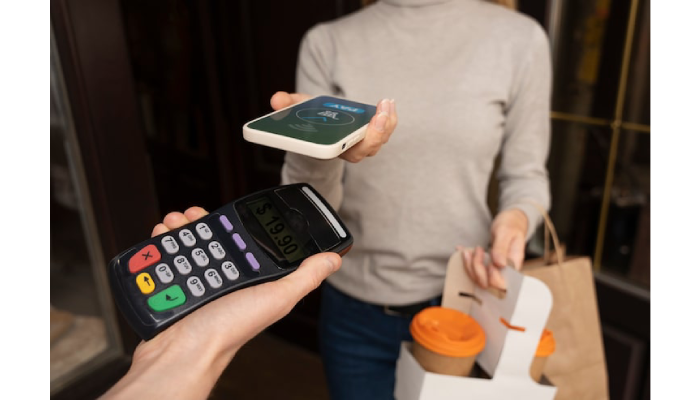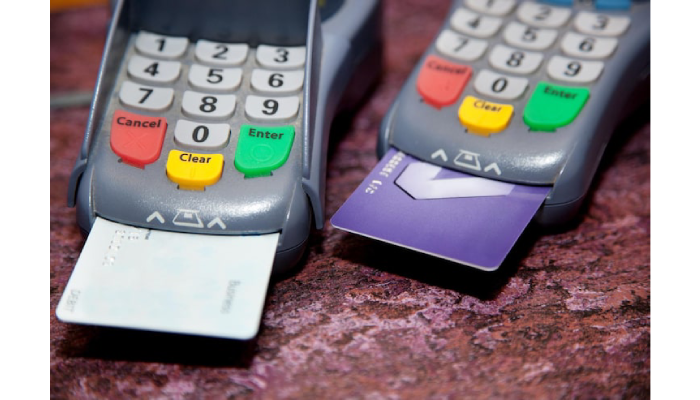
How to Compare Card Machines for Mobile Payments?
In today’s fast-moving digital economy, small businesses, freelancers, and mobile vendors all need a reliable and convenient way to accept card payments. Whether you’re running a coffee cart, a hair salon, or a delivery business, your customers expect to pay with a tap or a swipe. But with so many options available, choosing the right device can be confusing. Understanding how to compare card machines is key to making the best decision for your business.
In this guide, we’ll break down what to look for when comparing card machines for mobile payments — including fees, features, connectivity, and more — so you can find one that suits your needs and budget perfectly.
1. Understanding Card Machines for Mobile Payments
Card machines, also known as card readers or payment terminals, allow businesses to accept debit and credit card payments from customers. These machines are now smarter and more mobile than ever, thanks to Bluetooth and mobile app integrations.
When you compare card machines, you’ll find that they generally fall into three main categories:
- Fixed (Countertop) Machines: Used in brick-and-mortar shops where the terminal stays connected to the internet or phone line.
- Portable Machines: Ideal for restaurants or salons where payments can be taken around the premises via Wi-Fi or Bluetooth.
- Mobile (On-the-Go) Machines: Perfect for market traders, delivery drivers, or mobile professionals. These machines connect via mobile data or an app on your smartphone.
If you’re accepting payments on the go, you’ll want to focus on mobile card readers that connect to your phone and work anywhere your network does.

2. Why Comparing Card Machines Matters
Not all card machines are created equal. Fees, connectivity, setup costs, and compatibility can vary greatly from one provider to another. Comparing helps you:
- Avoid hidden transaction costs
- Choose a machine that works with your existing devices
- Ensure faster payments and better reliability
- Get customer support that suits your business hours
- Select a provider that fits your sales volume and frequency
By taking the time to compare card machines, you can save money in the long run and provide a smoother payment experience to your customers.
3. Key Features to Compare
When comparing card machines, pay attention to these essential features that affect usability and cost-effectiveness.
a) Transaction Fees and Pricing Structure
Different providers charge in different ways. Some offer pay-as-you-go (PAYG) options with no monthly contracts, while others use subscription-based plans with lower per-transaction fees.
Typical costs include:
- Transaction Fees: Usually 1.5%–2.5% per transaction.
- Setup Costs: Some providers offer free setup, while others may charge a small one-time fee.
- Monthly Fees: Subscription-based models may charge around £10–£30 per month.
- Refund or Chargeback Fees: Consider whether the provider charges extra for these situations.
If you’re a small or seasonal business, a PAYG option may be better since you only pay when you use it.
b) Payment Types Accepted
Modern card machines accept more than just chip and PIN. Check that the device supports:
- Contactless payments (tap to pay)
- Mobile wallets like Apple Pay, Google Pay, and Samsung Pay
- International cards (Visa, Mastercard, Amex)
- QR code or link-based payments (useful for online orders)
When you compare card machines, ensure they handle multiple payment options to stay flexible and customer-friendly.
c) Connectivity and Compatibility
Mobile card readers usually connect to your smartphone via Bluetooth and rely on the phone’s internet connection. Make sure your chosen machine:
- Works with both iOS and Android
- Has stable Bluetooth connectivity
- Syncs with your POS (Point of Sale) system or app
- Can function in areas with weak mobile signals (some allow offline payments)
If you operate in outdoor markets or mobile environments, strong and consistent connectivity should be a top priority.
d) Speed and Battery Life
Nothing frustrates customers more than waiting for payments to process. Compare processing speeds — good machines should complete a payment in less than 10 seconds.
Battery life also matters, especially for mobile users. Look for machines that last a full business day on a single charge (8–12 hours minimum).
e) Security Features
Security is non-negotiable when handling payments. Ensure the machine is PCI-DSS compliant and uses end-to-end encryption to protect customer data. Trusted brands often include built-in fraud detection tools.
4. Integration and Reporting Tools
Modern payment systems do more than just process transactions. Many include software tools that help you manage your business better.
When you compare card machines, check if they offer:
- Sales analytics and real-time dashboards
- Inventory tracking
- Customer management
- Invoice generation
- Integration with accounting platforms like Xero or QuickBooks
These features can save you hours of admin time and provide valuable insights into your sales patterns.
5. Customer Support and Reliability
Even the best card machine can have hiccups — that’s where customer support matters. Reliable 24/7 support ensures minimal downtime. When comparing, look for:
- Live chat or phone support availability
- Replacement policies for faulty devices
- Fast payouts (ideally next-day transfers)
A machine may look cheaper upfront, but poor support can cost you more in lost sales later.
6. Reviews and Real-World Performance
Before deciding, always check user reviews and case studies. Look at:
- Average ratings on Trustpilot or Google
- Complaints about connectivity or delayed payments
- Ease of setup and app usability
Real-world feedback helps you understand how a machine performs outside of marketing promises.
7. The Best Way to Compare Card Machines
To make a smart choice:
- List your business needs (mobility, sales frequency, average transaction value).
- Compare fees and contract terms side by side.
- Check compatibility with your devices and payment methods.
- Test the app or demo before committing.
- Read reviews from similar businesses.
Final Thoughts
Choosing the right card machine isn’t about picking the cheapest one — it’s about finding the best fit for your business needs. When you take the time to compare card machines, you’ll discover how differences in fees, speed, connectivity, and customer service can significantly impact your daily operations.



